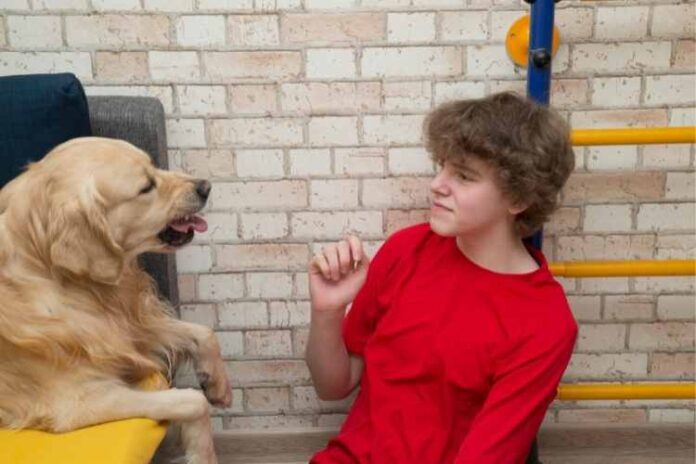What is puppy aggression and why does it happen?
Puppy aggression is a common behavior problem that can develop in dogs of any age, but it is most often seen in puppies. It is characterized by growling, snapping, and biting, and often happens when the puppy is feeling scared or threatened. Puppy aggression can be incredibly frustrating for dog owners, but it is important to remember that this behavior is normal and can be managed with patience and training. The most important thing to do when dealing with puppy aggression is to never punish the puppy for displaying this behavior. Punishment will only make the problem worse and could cause the puppy to become even more aggressive. Instead, focus on teaching the puppy to feel comfortable and confident in new situations. With time and patience, you can help your puppy overcome their fear and aggression and enjoy a happy and healthy life.
How can you tell if your puppy is aggressive toward people or other animals?
It can be difficult to tell if a puppy is aggressive since they are often playful and full of energy. However, there are several key signs to look for. For example, does the puppy growl or bare its teeth when someone approaches? Does it try to bite or snap at people or other animals? Is it easily startled or quick to become defensive? If the puppy shows any of these behaviors, it may be aggressive. Another way to tell is by observing how the puppy interacts with others. Does it seem fearful or intimidating, or does it tend to start fights? If the puppy constantly seems on edge and is quick to lash out, it may be aggressive. If you are concerned that your puppy may be aggressive, it is important to consult with a professional trainer or behaviorist. They can help you figure out why the person is being mean and give you advice on how to deal with it.
What are some common signs of aggression in puppies?
Some common signs of aggression in puppies include growling, baring teeth, stiffening of the body, and lunging. I have also seen puppies that snap or bite when they are feeling aggressive. These behaviors are usually directed at other dogs or people, but they can also be directed at inanimate objects such as toys. Puppies may show aggression if they feel threatened or if they want something that another dog has. For example, a puppy who growls when another dog comes near his food bowl is probably feeling aggressive. If you see your puppy exhibiting any of these behaviors, it is important to seek professional help from a veterinarian or a certified dog trainer. They will be able to look at the situation and give you specific advice on how to deal with your puppy’s aggression.
How should you react if your puppy starts to show signs of aggression towards someone or something else in your home environment?
If your puppy starts to show signs of aggression towards someone or something else in your home environment, it is important to take action immediately. The first step is to identify the trigger for the aggression. Is it another pet, a person, or a particular object? Once you have identified the trigger, you can begin to take steps to prevent further aggression. For example, if the trigger is another pet, you may need to provide more supervision when the two are together. If the trigger is a person, you may need to keep the puppy on a leash when that person is present. If the trigger is an object, you may need to remove that object from the environment. It is also important to provide positive reinforcement for good behavior. This can help to redirect your puppy’s focus away from aggressive behaviors. With patience and consistency, you can help your puppy learn to control their aggression and live peacefully with others.
What are some tips for preventing and handling puppy aggression problems in the future?
Dog training Provo offers some great tips for preventing and handling puppy aggression problems. Consistency is important when it comes to dog training, and dog owners should make sure that they are using the same commands, hand signals, and body language when they are teaching their dogs tricks or obedience commands. It is also important to be patient when training a dog, as puppies will often get frustrated and lose interest if they are not given enough time to learn a new concept. Finally, dog owners should be aware of the signs of aggression in their dog, such as growling, snarling, or showing teeth, and should consult with a professional dog trainer if they have any concerns. By using these tips, dog owners can help make sure that their puppies don’t grow up to be aggressive.








